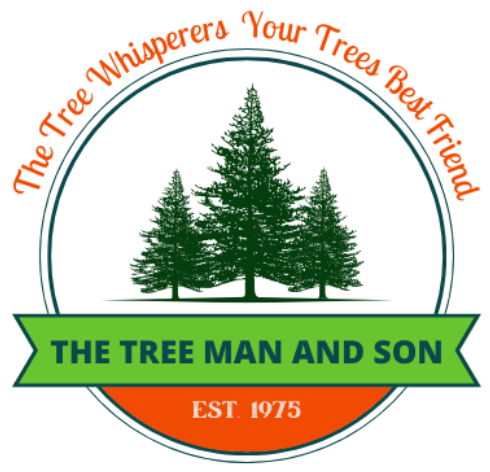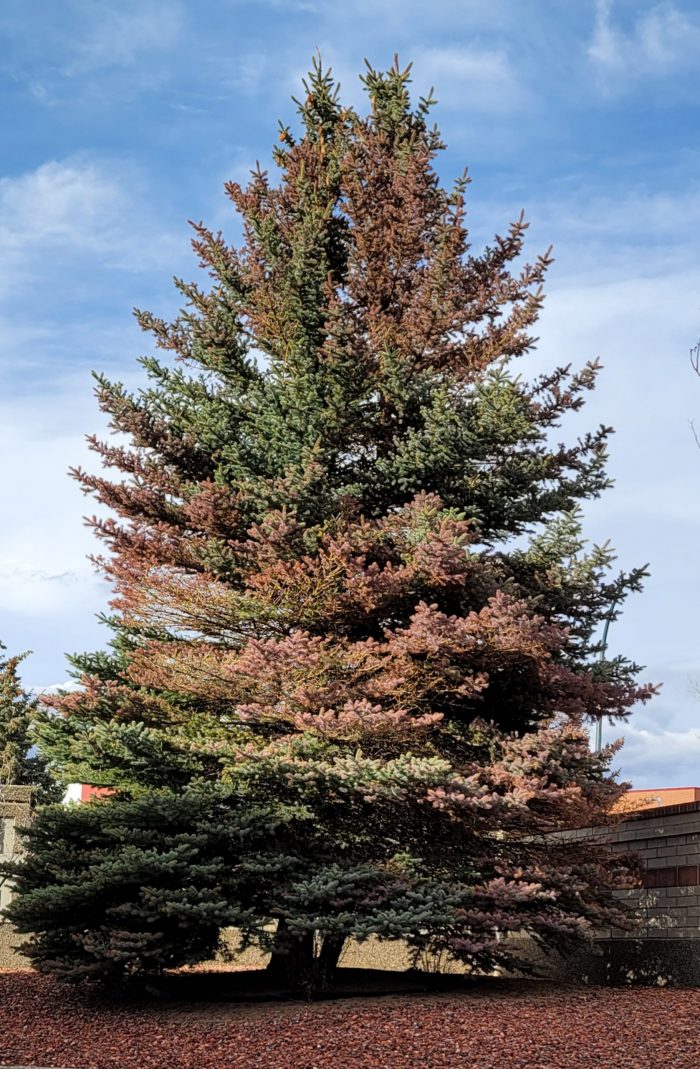In Lethbridge it is common to see Manitoba Maple, Trembling Aspen, Douglas Fir, Bur Oak, and Chokecherry trees in our neighborhood. But these are just a handful of the species of trees and shrubs that are native to our area. They are not just ornaments that beautify our landscapes but they also play a pivotal role in our local ecology. They not only provide a habitat for the wildlife but they can also be living indicators of the health of our environment.
We live in a semi-arid climate in Southern Alberta, and with that comes hot summers and windy conditions that can be tough on these native species of trees and shrubs. In recent years we have also seen an increase in extreme drought conditions and this can also cause stress to our tree populations. It is not just insufficient rainfall but also factors like soil conditions and urban development patterns that can also intensify these stresses.
The heartiness of Lethbridge’s trees is remarkable, but like all living things, they can fall victim to disease, pests and environmental pressures. That is where recognizing when your tree needs professional intervention is crucial for ensuring their health and survival.
Recognizing Distress Signs in Local Trees
If you have trees on your property, keeping an eye out for trouble signs is key to maintaining their health. In southern Alberta, the unique prairie climate can throw a few curveballs our way, from harsh winds to bouts of intense drought. Our local trees like the Bur Oak or Douglas Fir we might think of as being resilient and accustomed to these conditions, but they are not immune to changing environmental stressors that can compromise their well-being
We also unfortunately have common pests in the Lethbridge area that can also cause our trees problems. We see evidence all around our city of the Elm Bark Beetle, Bronze birch borer and Pine Beetle that are infesting our trees. These tiny culprits can wreak havoc if left unchecked. We also have diseases such as Black Knot and Dutch Elm Disease that also pose significant threats, particularly to Schubert Chokecherry, Mayday and American Elms trees in Lethbridge’s urban landscapes.
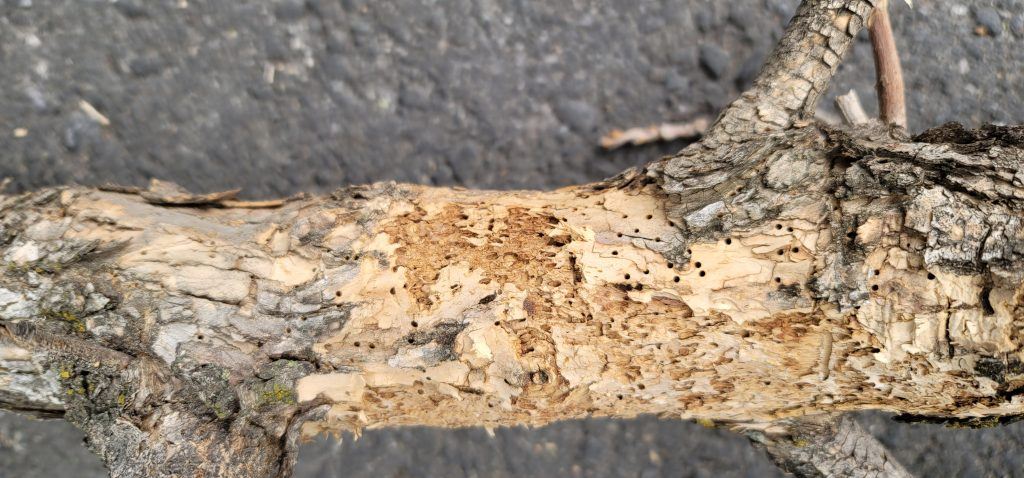
( Pine Beetle Damage)
Physical damage to our trees isn’t always from pests or disease. Sometimes damage to our trees can be the result of stormy weather or inadvertent harm from construction projects. This is where we will need to check for broken limbs, cracks or cuts in the wood of the tree or shrub. These injuries can make the tree more susceptible to further damage and disease. Knowing what damage looks like is also as important as knowing how to prevent it.
Drought stress is also becoming a threat in Lethbridge and it can be just as lethal to our trees. Some signs to look out for are leaves that are wilting, curling at the edges or turning brown. These symptoms might just be your first clue that a tree is thirsty. Given the right amount of water at the right time is crucial, and understanding and responding to these signs can mean the difference between a thriving tree and one that needs emergency care.
Key Symptoms That Your Tree Is In Trouble
Trees are incredibly resilient, but they’re not immune to the challenges posed by Lethbridge’s climate. Recognizing the key symptoms of a struggling tree can be the difference between its survival or it’s costly removal.
Leaf discoloration is one of the first and most visible signs of distress. In tree species like the trembling aspen or green ash, leaves might turn yellow or brown before the autumn season, this is a classic sign of a tree not doing well.
You might also notice that blossoms are absent when they should be in full display or that leaves are dropping prematurely. This can be caused by a variety of factors, including drought stress, which becoming a more common concern in the Lethbridge area.
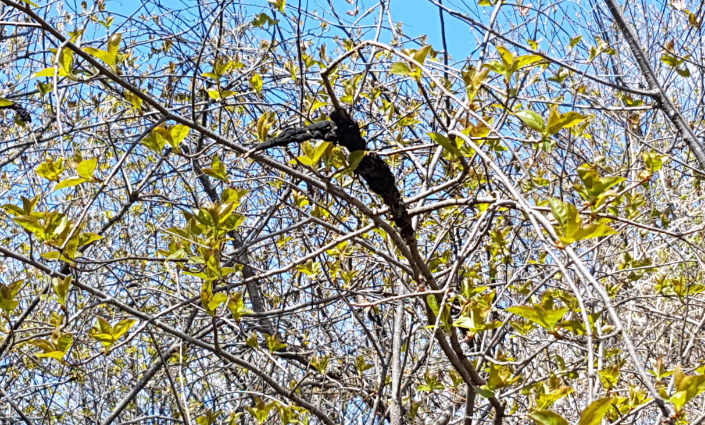
(Black Knot In Chokecherry Tree in Indian Battle Park Lethbridge, Alberta)
Physical indicators on the tree itself are also telling. Unusual growths, like cankers or galls, could indicate disease or infection. Bark splits or a leaning trunk raise immediate red flags, potentially signaling internal decay or structural instability.
A once healthy tree that suddenly shows a thinning canopy or has branches with brittle, deadwood is crying out for attention. This is not just an aesthetic issue; it’s a safety concern, as weakened limbs are at risk of breaking, which could cause injury or property damage.
It’s crucial not to overlook these symptoms. Failing to address them promptly might lead to the tough decision of tree removal. This is why the next step of assessing the implications of neglecting tree care is so important for every tree owner in Lethbridge.
The Implications of Neglecting Tree Care
Neglecting tree care isn’t just a minor oversight because it can lead to serious problems down the line for your tree. The trees in Lethbridge are not just beautiful assets, they are also vital parts of the local ecosystem and community. Without proper care, however, they can become liabilities.
Weakened trees become a SAFETY HAZARD. Their branches can become brittle and may break off without warning, posing danger to both people and property. This is especially true during Lethbridge’s harsh weather conditions, the risk of falling limbs or toppling trees increases dramatically.
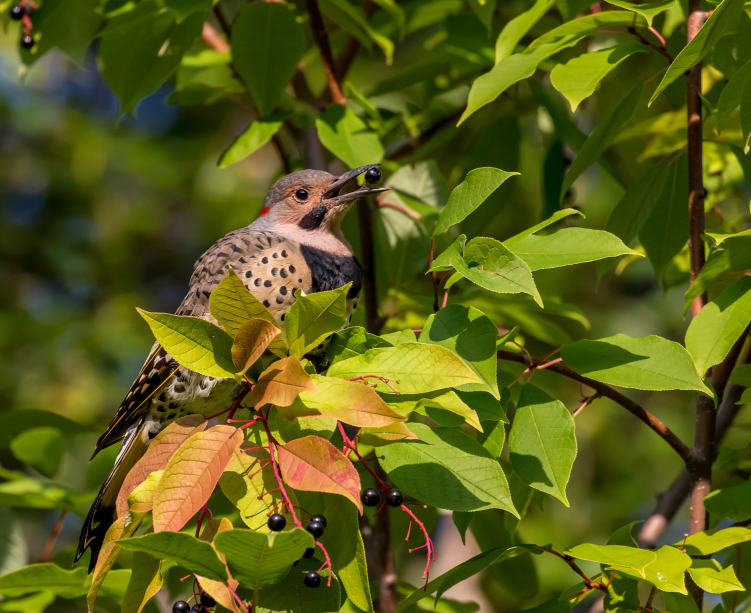
(Northern Flicker in a Chokecherry Tree)
Beyond safety, there’s an environmental angle to consider. Native trees, such as trembling aspen, green ash, or balsam poplar, play crucial roles in maintaining local biodiversity. They provide a habitat and food source for various wildlife species. When these trees suffer from neglect, the ecological balance is disrupted, which can have ripple effects throughout the ecosystem.
Moreover, diseased or dying trees can become a vector for pests and infections that spread to healthy trees, compounding the problem. This can lead to an uptick in the need for pest control measures that may be more aggressive and less environmentally friendly.
On the economic front, mature trees contribute significantly to property values. They enhance curb appeal and can even reduce energy costs by providing shade during Lethbridge’s warm summers. If these trees decline, property owners might face unexpected costs, from removing hazardous trees to replacing them and restoring landscaped areas.
All these factors underscore why it’s essential not to ignore the signs of tree distress and to take proactive steps to care for Lethbridge’s trees. This attention helps maintain the health and beauty of the region, protects wildlife habitats, and upholds property values.
When to Call the Professionals
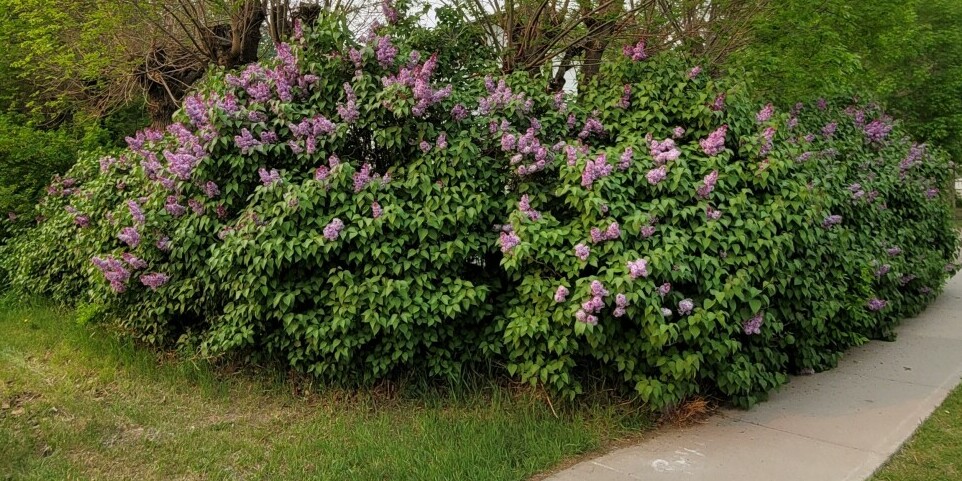
(Lilac Bush)
Imagine enjoying the shade of a leafy green ash or the vibrant colors of the fragrant flowers of a lilac bush in your yard. Now, imagine losing that touch of nature due to neglect. As a tree arborist in Lethbridge, I recognize my role in ensuring the health and longevity of the trees that customers have entrusted to my care. I’ve learned that it often requires more than a watchful eye and good intentions.
Trees in our region, especially native ones like the balsam poplar or bur oak, face unique challenges. From harsh winters to the dry conditions exacerbated by recent droughts, they are in a constant battle for survival. There comes a point when the pruning shears and watering cans in our sheds aren’t enough.
Calling in local Lethbridge Tree Care professionals isn’t just about saving a tree it is also about protecting our community’s natural heritage and the safety of our neighborhood. Tree care experts bring a wealth of knowledge and experience —like correctly diagnosing tree diseases or safely removing hazardous limbs.
Regular check-ups by tree care specialists can be a game-changer. They can offer personalized care plans, suggest drought mitigation strategies, and ensure that our trees not only survive but thrive. It’s worth investing in professional care to preserve the everyday beauty and benefits that these trees provide.
Taking action at the right time isn’t just practical it is crucial to the health and longevity of our trees. So, when you notice the slightest hint of distress in your tree, don’t wait. Reach out to the pros. Your trees, and future generations enjoying their shade, will thank you for it.
By Big Don

The Tree Man
